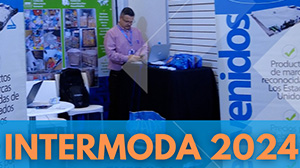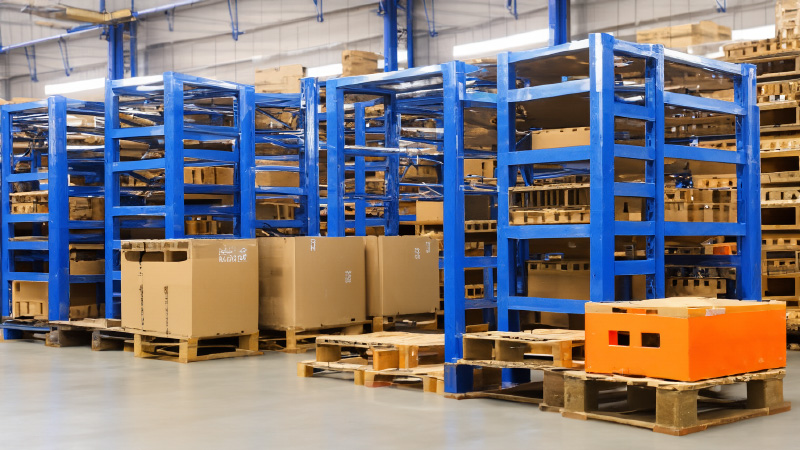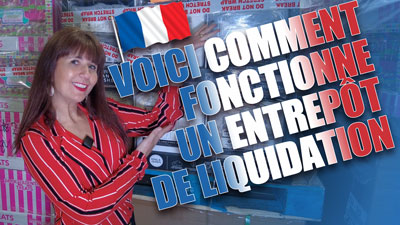Sourcing bulk liquidations within the supply chain
If you’re constantly on the hunt trying to purchase name brand liquidation inventory for eBay or Amazon sales, I’d like to pose a question to you- do you fully understand the retail supply chain? I’m talking about the life cycle of a retail product from birth (manufacturing process) to death (into your shopping cart). If you thought the end of the line for a retail product was your home, you would be incorrect to some extent.
To fully understand the retail supply chain, one must understand two very important processes within the industry:
- Forward logistics describes every step that happens to a retail product before you and I buy it off a store shelf including, creation – distribution – retail merchandising – followed by consumer purchase. If we stopped with the explanation of forward logistics you wouldn’t get a full picture of the supply chain because there is another phase called Reverse Logistics.
- Reverse logistics describes the steps a retail item goes through after it has been brought back to its point of purchase. You know this process all too well: the jeans that didn’t fit; or the coffee maker that was too noisy; or the blender that broke after your 24-hour margarita party last weekend. (Hey, by the way, why didn’t I get an invite?)
When you and I return merchandise back to the store the process of reverse logistics begins. Big box retailers are flooded with consumer items that have been returned for refund and/or store credit. And, it’s not just items that have been returned that go through the reverse cycle because retailers also face another problem with excess, unsold merchandise. This unsold stock is referred to as MOS (marked out of stock) or shelf pull items.
Every big box store in the country is sitting on a mound of retail customer returns, along with merchandise that did not sell. This mountain of unsold merchandise is liquidated to recoup lost revenue. Let me repeat- they liquidate it for pennies on the original dollar! Big Box chain retailers use a third party to assist with the bulk liquidation process; within the industry these third party companies are known as Reverse Logistics Processors. These large intermediaries take retail un-sellables and liquidate to small and mid-size resellers.
Customer returns, shelf pulls, shelf resets, and overstock goods are now available to the eBay and Amazon reseller, along with flea market vendors, discount store retailers, exporters and anyone else who wants to buy name brand goods in bulk, at drastically reduced pricing. The reverse logistics industry is one of the few ways for small resellers to get their hands on big name brand products without meeting enormous minimum purchase requirements often in place by manufacturers and distributors. When you’re researching competitors on eBay or Amazon trying to figure out how and where they sourced their inventory the pieces of the puzzle should now be falling into place.
If you’re currently operating an On or Off-line business many of your competitors already know about buying liquidation merchandise within the reverse logistics industry (aka: the retail secondary market).
When sourcing goods within the secondary market bulk buyers need to understand that liquidation merchandise is often offered, and resold based upon product condition. Pallets and truckloads of liquidated goods are routinely described as being:
- Closeouts or Overstocks – new retail merchandise that went unsold for various reasons.
- Customer Returns – can be damaged and/or contain missing pieces. Every load of customer returns is different, and each will contain various percentages of sellable versus unsellable goods. The profit potential from sellable items usually outweighs the throw away portion of each load. Customer returns are considered risky, but the payoff can be large.
- MOS / Shelf Pull items – may exhibit slight box or packaging damage, but otherwise considered as new. Shelf pull clothing items may have been tried on within the store. This category of liquidation merchandise is considered a safer bet when compared to potentially damaged customer returned loads.
The reverse logistics end of the retail supply chain offers access to bulk name brand merchandise can provide excellent profit potential for any eBay, flea market, or Amazon FBA business!
Rob Cyr, author of The Liquidators Guide, is an expert in the area of product sourcing and retail operations. His work has been featured on countless industry websites including the Fox Small Business network, TopTenWholesale.com, Apparelsearch.com, and other sites. You can read more about liquidation best practices at his site Liquidator’s Guide.










